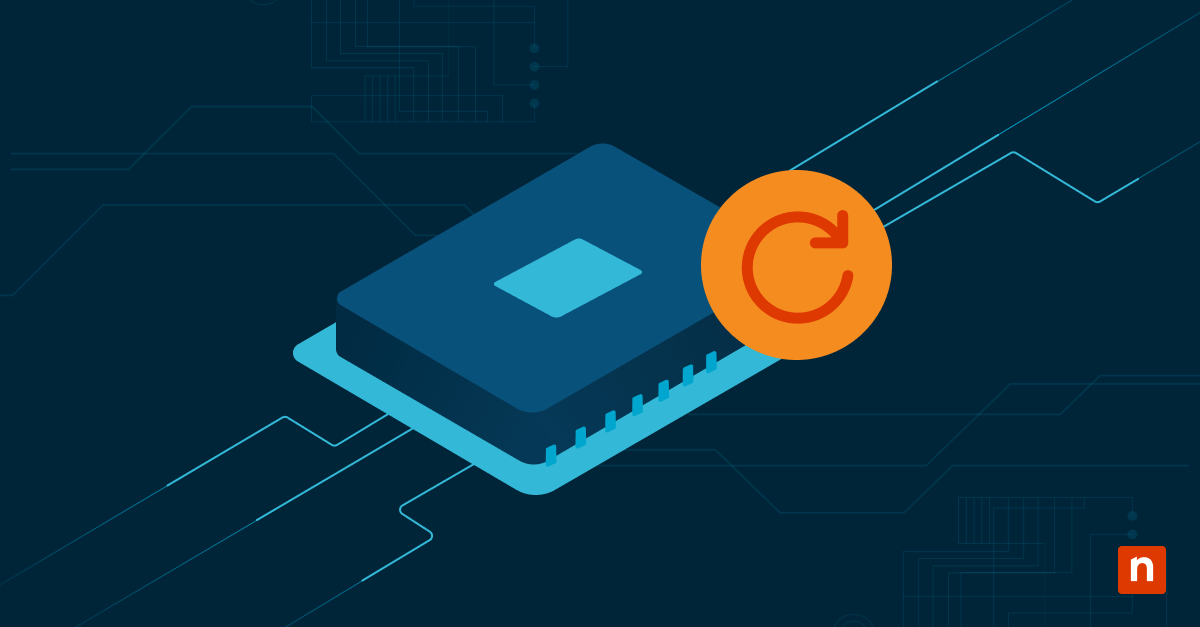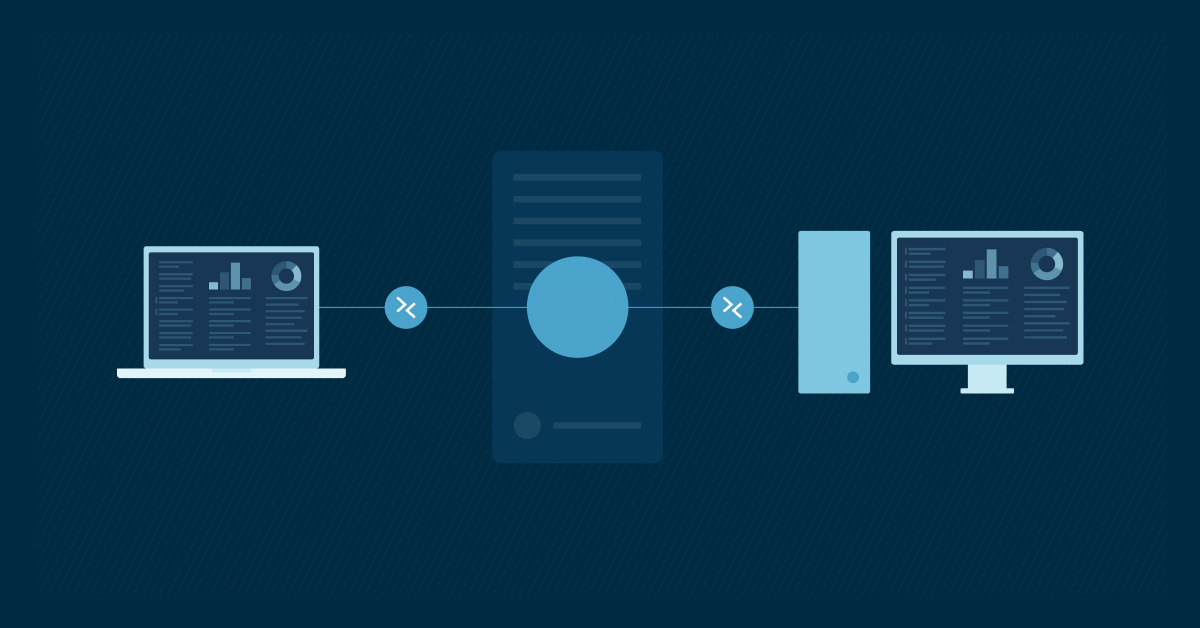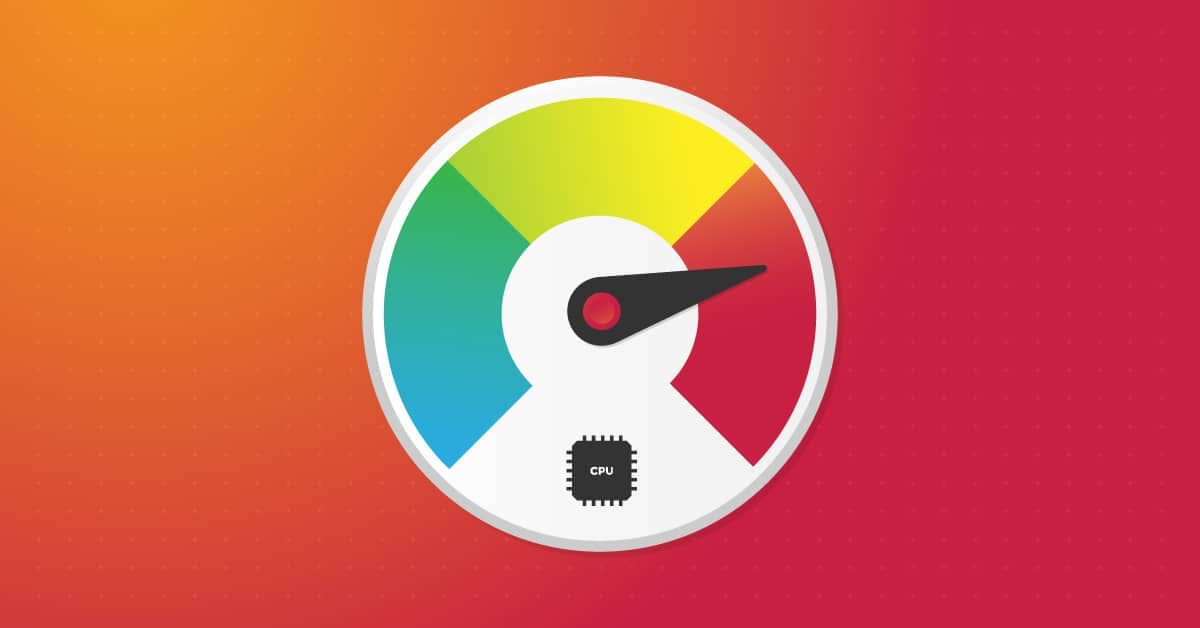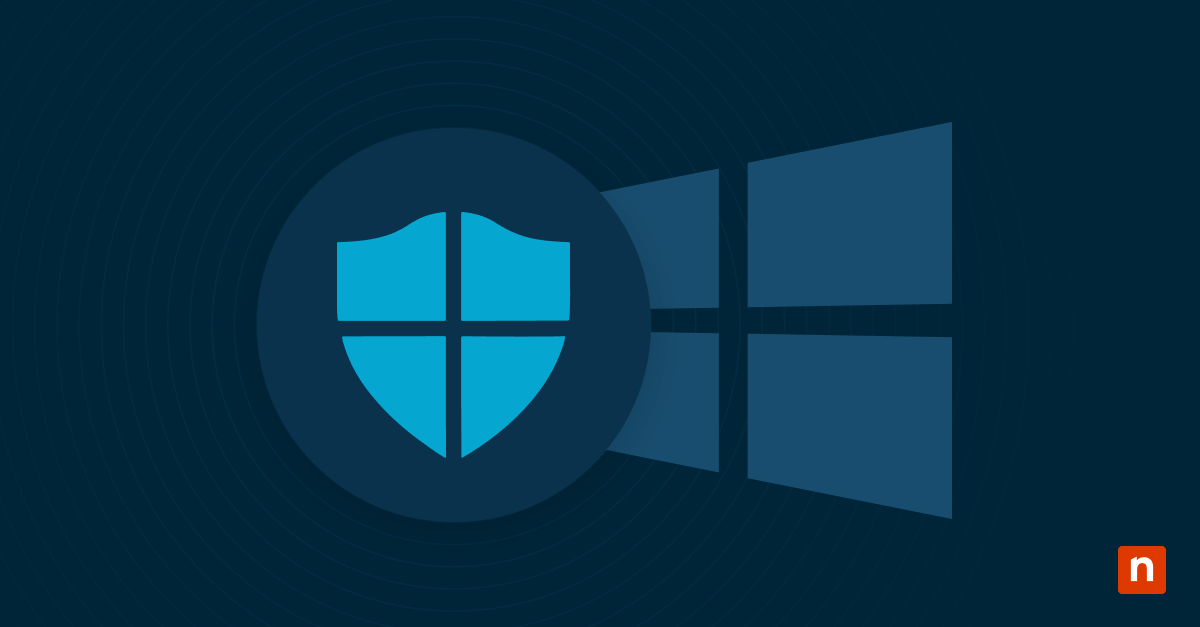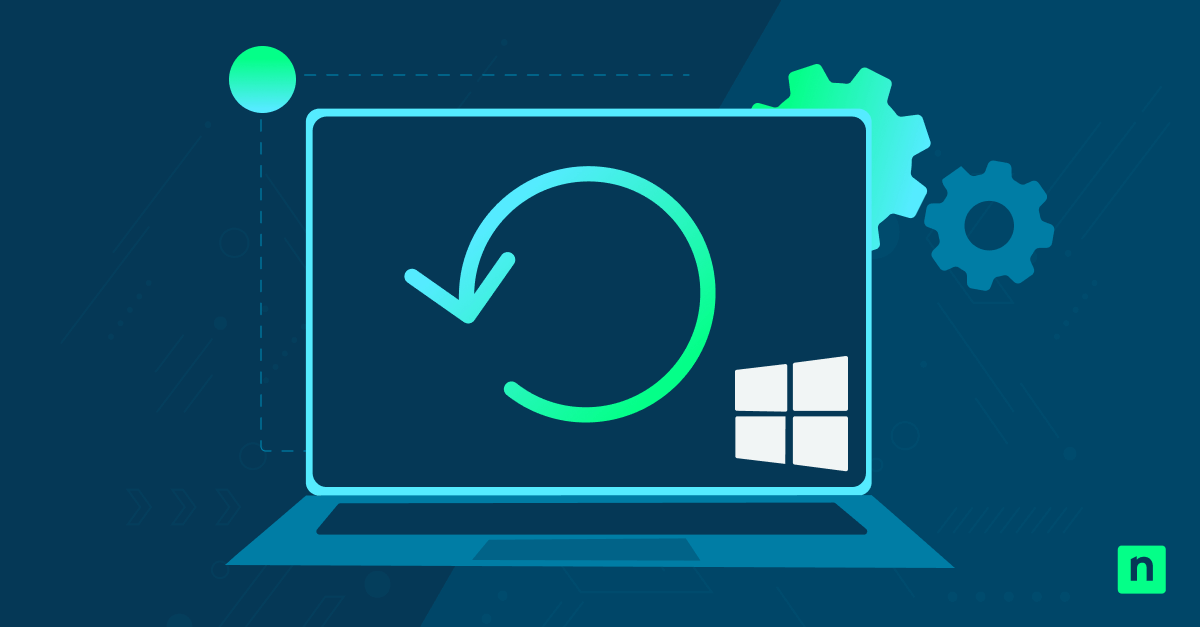In this article, you will learn more about BSIMM and how it differs from SAMM. As you weigh your software security practices, there are different focuses and methodologies to consider. Choosing between a prescriptive model versus an empirical one can significantly impact how effectively you implement security measures.
What is BSIMM?
BSIMM or the Building Security In Maturity Model, serves as a comprehensive measure to evaluate and improve software security initiatives within organizations. BSIMM is a data-driven model developed to aid in the building of secure software. It’s not a one-size-fits-all framework but rather evolves based on real-world data from firms that have implemented it.
BSIMM provides you with an empirical set of practices derived from observing numerous organizations, enabling you to compare and contrast your security initiatives with industry benchmarks. This helps you understand where you stand in terms of software security maturity and what steps you need to take to enhance your practices. It’s structured around key practices that vary in specificity and depth, allowing you to tailor your security improvements to match your organization’s unique risks and needs.
What is SAMM?
SAMM, the Software Assurance Maturity Model, systematically guides organizations in implementing and measuring effective software security practices. It offers a structured path tailored to your organization’s unique needs, emphasizing flexibility in integration and is structured around five business functions: Governance, Construction, Verification, Deployment and Operations. Each function establishes an extensive strategy for software security, addressing various aspects from policy and compliance to the technical details of development and maintenance.
Ultimately, SAMM aims to foster a security-conscious culture within organizations, making security considerations an integral part of every phase in the software development lifecycle. By following SAMM, you’re not just patching vulnerabilities; you’re building software that’s robust from the ground up.
BSIMM vs SAMM
When comparing BSIMM vs SAMM, it’s important to recognize their unique methodologies and applications in enhancing software security. Each framework offers distinct advantages tailored to different organizational needs and maturity levels.
Origins and development
BSIMM originated in a 2008 study of nine major companies that aimed to quantify software security practices based on real-world data. The model evolves yearly with updates from over a hundred firms. SAMM was developed by OWASP in 2009 as a flexible framework to integrate software security into existing processes. This model is designed to be customized according to organizational needs.
Maturity level structures
A descriptive model, BSIMM reflects practices observed across organizations and assesses your practices against a maturity scale based on real-world data without prescribing specific activities. SAMM is a prescriptive model. It structures maturity into three levels across twelve practices, with defined activities at each maturity level, giving clear milestones for security improvements.
Primary categories and practices
BSIMM is empirical, based on actual practices in various organizations. It categorizes practices into four domains, documenting practices in:
- Governance: BSIMM focuses on policies, metrics and compliance. This includes establishing and maintaining security policies, tracking security metrics and ensuring compliance with regulatory and internal standards.
- Intelligence: BSIMM’s Intelligence domain handles threat identification and security features. It emphasizes understanding and documenting threats to the organization and integrating this knowledge into security measures.
- SSDL touchpoints: BSIMM covers secure engineering throughout the Software Development Life Cycle (SDLC). This integrates security practices into each phase of the development process to ensure secure software is built from the ground up.
- Deployment: BSIMM includes a Deployment domain that focuses on securely deploying and managing software in production environments. This affirms that security is maintained even after the development phase is complete.
SAMM is prescriptive, providing guidelines for implementation. It organizes activities across these five business functions:
- Governance: Centers on the methods and tasks related to managing an organization’s software development activities. It specifically addresses issues affecting cross-functional teams involved in development and the business processes established at the organizational level.
- Design: Involves the processes and activities that define an organization’s goals and guide software creation within development projects. This typically includes requirements gathering, high-level architectural specifications, and detailed design planning.
- Implementation: Includes the methods and tasks for building and deploying software components and fixing defects. These activities significantly impact developers’ daily work, helping them deliver reliable software.
- Verification: Focuses on the methods and tasks related to checking and testing the artifacts produced during software development. This usually involves quality assurance activities like testing, as well as other review and evaluation processes.
- Operations: Includes activities that ensure confidentiality, integrity and availability throughout an application’s operational lifetime and its associated data. Higher maturity in this area enhances the organization’s resilience to operational disruptions and its responsiveness to changes in the operational environment.
Assessment methods and availability
BSIMM uses real-world data to measure maturity, producing a scorecard for benchmarking against industry best practices. SAMM offers a prescriptive framework for structured assessments, facilitating incremental improvement based on risk. Both models are publicly available, with SAMM being open-source and BSIMM requiring participation in their community.
Implementing BSIMM and SAMM in organizations
When considering BSIMM vs SAMM, look at your company’s unique structure and culture, as these factors influence the model’s customization and effectiveness.
BSIMM implementation considerations
Carefully assess your organization’s specific needs and maturity levels before implementing BSIMM. It’s essential to understand your current software security practices to tailor the BSIMM framework effectively.
Consider the following steps when implementing BSIMM:
- Evaluate current security practices: Identify existing security measures and gaps to understand where BSIMM can improve practices.
- Set clear objectives: Define goals, such as enhancing code security or improving compliance with security policies.
- Engage stakeholders: Confirm that key stakeholders, including management and technical teams, are involved. Their engagement supports a smooth implementation and fosters a security culture.
- Plan for continuous improvement: BSIMM is an ongoing process. Regular assessments and updates are necessary to adapt to evolving security landscapes and organizational changes.
SAMM implementation process
To implement SAMM, start by analyzing your current security practices and maturity levels, focusing on governance, design, implementation, verification and operations. Here are some additional items to consider:
- Engage stakeholders: Engage stakeholders across departments to guarantee a broad understanding and support for security initiatives. Everyone from top management to technical staff should understand their role in enhancing security posture.
- Develop a roadmap: Develop a roadmap outlining short and long-term security goals aligned with SAMM’s practices. Include specific milestones and metrics for success and regularly update and review the roadmap.
- Training and awareness programs: Provide ongoing education to keep everyone updated on the latest security practices and reinforce their importance in maintaining a strong security posture.
Challenges and benefits of each
Understanding the challenges and benefits of BSIMM and SAMM will shape your strategy to strengthen your security posture.
Scalability
- BSIMM’s data-driven model is scalable and ideal for large organizations but can be challenging for smaller entities.
- SAMM’s flexible framework scales well for smaller teams, providing an easier start but potentially less depth in large environments.
Customization
- SAMM allows high customization and tailors practices to specific needs but requires a deep understanding of unique risks and capabilities.
- BSIMM offers less flexibility but benefits from a robust, industry-tested methodology.
Implementation complexity
- Implementing BSIMM requires understanding and measuring against 120+ practices, which can be resource-intensive.
- SAMM’s simpler model is easier to adopt but potentially less comprehensive in diverse environments.
Community and support
- BSIMM has a strong community and extensive empirical data, providing excellent benchmarking opportunities.
- SAMM, while supported by a community, relies more on organizational input and adaptation, varying in effectiveness based on the implementing team’s commitment and expertise.
Choosing between BSIMM and SAMM
BSIMM and its prescriptive, measurement-based method is tailored for organizations seeking detailed benchmarks against industry peers. This can be invaluable if your goal is to build a security program that aspires to best practices across similar sectors.
On the other hand, SAMM offers a flexible, improvement-driven model. This approach might better suit companies that need adaptable guidelines that can evolve with their changing security landscape. SAMM is particularly effective if your focus is on integrating security seamlessly into software development processes without being overly prescriptive.
You should also consider the maturity of your existing security practices. BSIMM is ideal if you already have some security measures in place and want to refine them. If you’re developing new security frameworks from the ground up, SAMM can offer a structured yet customizable roadmap.


